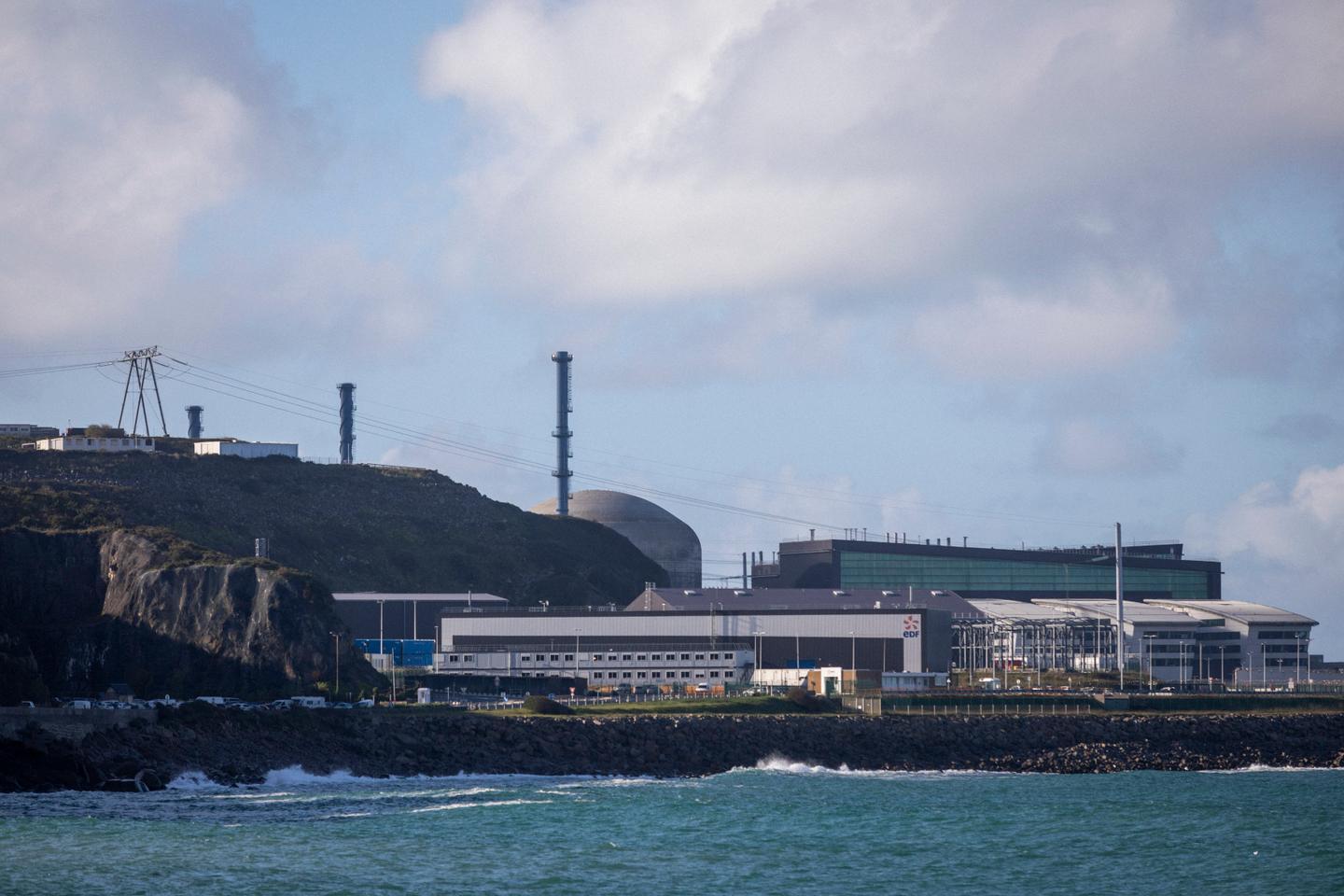- cross-posted to:
- nuclear@feddit.nl
- cross-posted to:
- nuclear@feddit.nl
Summary
France’s Flamanville 3 nuclear reactor, its most powerful at 1,600 MW, was connected to the grid on December 21 after 17 years of construction plagued by delays and budget overruns.
The European Pressurized Reactor (EPR), designed to boost nuclear energy post-Chernobyl, is 12 years behind schedule and cost €13.2 billion, quadruple initial estimates.
President Macron hailed the launch as a key step for low-carbon energy and energy security.
Nuclear power, which supplies 60% of France’s electricity, is central to Macron’s plan for a “nuclear renaissance.”



Turning a reactor on and off is not as easy. They’re designed as baseload power that is meant to run continuously. SMR are the ones that are quick and responsive but those are always a couple of years away.
The ones in service right now are mostly/all designed that way, but that’s a design decision rather than an inherent limitation. They cost basically the same to run whether they’re at maximum output or minimum, so they’re most cost-effective as base load and if you need responsive output, you can probably build something else for less money. If you ignore that and build one anyway, you only need fast motors on the control rods and the output can be changed as quickly as throttling gas turbines, but there’s no need for that if you know you’re just building for base load.
Nuclear power plants aim to finely balance the reaction between delayed criticality - a very slow exponential increase in the level of radioactivity, and marginal sub-criticality - i.e. a very slow exponential decrease in the level of radioactivity.
To get faster exponential growth in power output than delayed criticality is physically possible - past delayed criticality is prompt criticality. However, fast exponential growth of radioactive output on time scales so short that machines cannot react is not something you ever want to happen in a civilian nuclear application; only nuclear weapons deliberately go into the prompt critical region, and an explicit aim of nuclear power plant design is to ensure the reaction never goes into the prompt critical region.
This means that slow exponential changes is the best the technology can do (and why plants need active cooling for a period of time even when shutting down - see Fukushima when their reactors were automatically shutting down due to the detection of an earthquake, but their cooling power infrastructure got flooded while they were decreasing their output).
I think the most promising future development will be more renewable capacity coupled with better long-distance transmission and batteries (ideally sodium when the tech is ready).
You’re not throttling between 0% output and 100% output, as that takes weeks or months, and instead throttling within a limited range at the upper end of the output power. Because a nuclear reactor puts out so much power compared to a combined cycle gas turbine, going down to 80% power has a comparable impact to totally shutting down a gas turbine. It doesn’t need to be instant to be used for dynamic load - throttling a gas turbine isn’t as it takes time for the heat exchanger to warm up or cool down after increasing or decreasing the fuel flow, and time for the first turbine to speed up or slow down after the flow of the Brayton-cycle coolant changes, and then more time for the second heat exchanger to heat up/cool down and more time for the Rankin-cycle turbine to speed up or slow down as the flow of steam changes, and only then is the new desired output power achieved.
Wikipedia puts the average emission time for delayed neutrons at fifteen seconds, which while ludicrously slow compared to a bomb, is really fast compared to the day-night cycle that represents most dynamic load variance in a country with plenty of renewables or heavy industry that doesn’t operate at night time, so there’s plenty of time for the power output to respond as long as you’re restricting the range that it’s operating in.